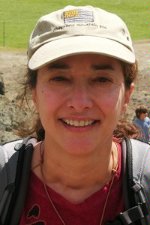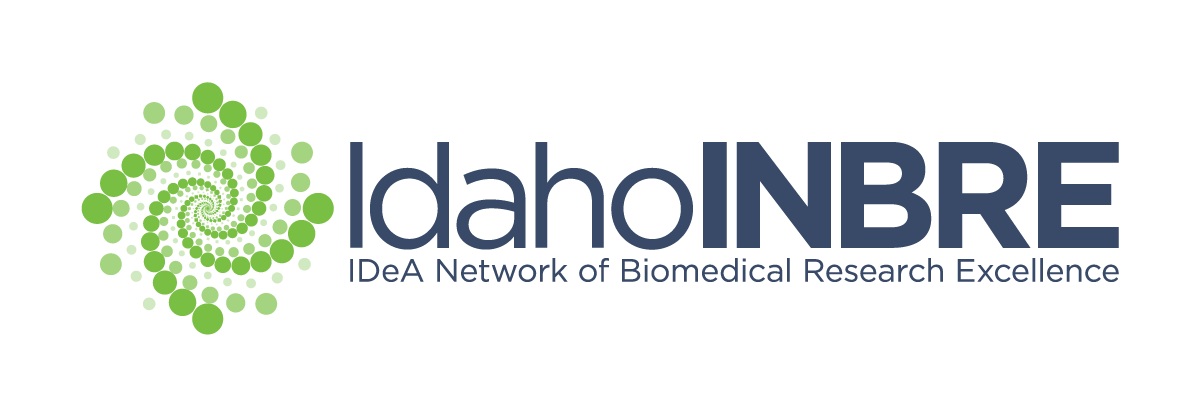
- Name: Carolyn Dadabay, Ph.D.
- Institution: The College of Idaho
- Department: Chemistry
- Phone: (208) 459-5228
- Email: cdadabay@collegeofidaho.edu
Summary: One goal of biomedical research is the discovery of new medicines and therapies to improve human health. Close to 2/3 of modern drugs have origins in natural products-compounds derived from biological sources such as plants, bacteria, fungi, etc. However, traditional screening of large numbers of biological sources can be prohibitively expensive and time consuming. We are using a “co-evolutionary” approach to design a drug discovery program that is more efficient and focused: letting the behavior of natural herbivores guide us to plants that contain biologically active compounds. Our plant system is sagebrush, which produces diverse chemical compounds (polyphenols, monoterpenes, and sesquiterpene lactones) to deter herbivores. We are using the foraging behavior of sagebrush specialist herbivores such as pygmy rabbits and sage grouse to direct us those compounds which are biologically active. In collaboration with Dr. Jennifer Forbey, we are comparing the chemical profiles of sagebrush samples, extracting compounds of interests, and screening them in a variety of in vitro tests for biologically important activity. Specifically, we are using the behavior of sagebrush herbivores to identify plant compounds with the ability to inhibit the detoxification systems which the body uses to clear toxic compounds and but that also act on beneficial drugs to reduce their effectiveness (cytochrome P450 enzymes, efflux transporters, and conjugation enzymes). Sagebrush compounds which are able to inhibit these detoxification systems could be developed as “helper” drugs which, by slowing rate at which beneficial drugs are cleared from the body, allow those drugs to be more effective.
Minimum Classes: 1 year of general chemistry 1-2 semesters of organic chemistry
Projects:
1) Make chemical extracts from sagebrush plants that are preferred vs. avoided by sagebrush specialist herbivores (pygmy rabbits and sage grouse). Compare the compounds in these extracts using high performance liquid chromatography (HPLC) to identify chemical differences.
2) Isolate plant chemicals of interest by various chromatography steps for future in vitro testing, and preliminarily identify compounds using mass spectrometry.
3) Determine the effects of sagebrush compounds on detoxification enzymes using in vitro bioluminescent assays: cytochrome P450 enzymes and efflux transporters.
4) Determine the effects of sagebrush compounds on efflux transporters in cultured intestinal cell (Caco-2) uptake assays.



